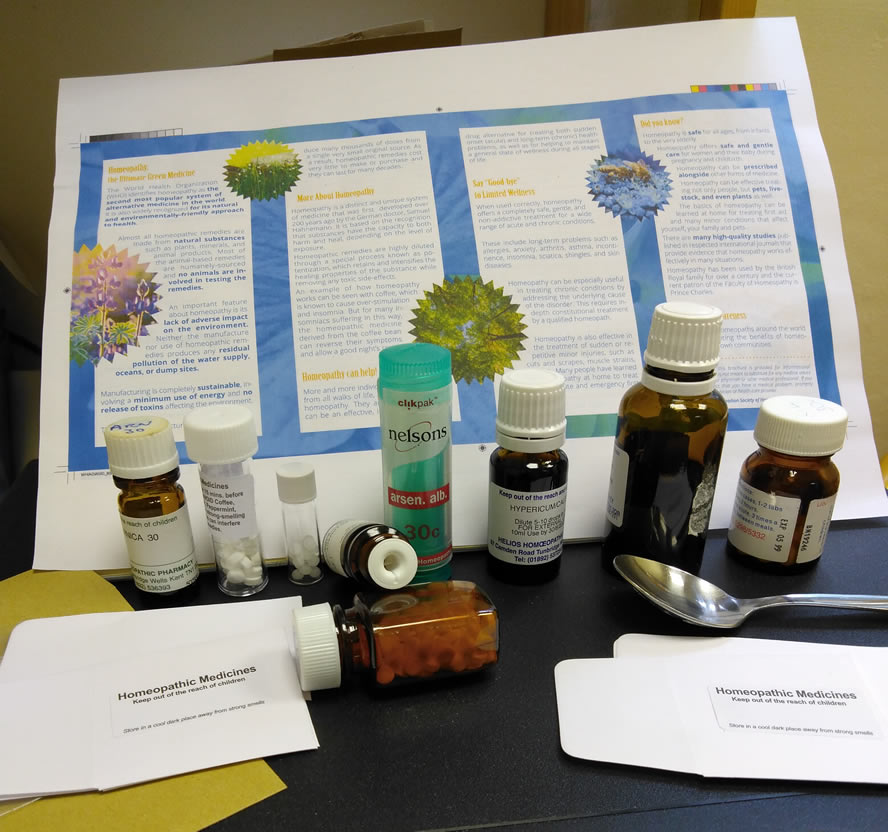I am often asked what is the difference in the size, shape and form of homeopathic medicines. In general terms, whichever form they take it is a vehicle of transport of the required remedy. If you purchase homeopathic medicines from a pharmacy or health shop you usually get the hard tablets that are sometimes manufactured by machine on a large scale.
These are robust and will withstand transport and storage. When you get a prescription made up from a homeopathic pharmacy or dispensary,it is more likely to be in form of a soft tablet or perhaps a tiny pillule. Sometimes the remedy might be in the form of a liquid, often in or with a dropper bottle attached.
Whichever way your medicine is provided the important thing is how much and how frequently it should be used. In other words follow the instructions of your homeopath. If you purchased the medicine from a retailer, follow the instructions on the container and if in any difficulty seek the help of a homeopathic practitioner.
If you have been given soft tablets that may have become powder (I would usually put each dose in its own little bag) I suggest the contents of the bag are put into a little water and dissolved, as you would the whole tablet, stir or shake then take the dose as prescribed.
When given the tiny pillules (they look like tiny glass balls) easier to use two or three at a time as they can be difficult to handle. If you have a liquid dose as with a dropper or teaspoon, it’s easy enough to measure the spoon or count out the number of drops. Very often the dose is in water, so it’s simple enough.
Each time you take the remedy it is a part of the dose. The size of the form of the remedy does not equate with the dose in the same way as the more conventional medicines you may be used to.
The potency of the remedy, has a greater influence than the format. Most over the counter products are available in lower potency such as 6c or 30c, there are many more potencies and are used in concordance with the patient needs according to the practitioner involved.
